Many diseases, ill health are caused by infection with worms. Various worms can enter the human body. They vary in size from the smallest millimeters to 16-18 meters. They are parasitic in all organs and tissues and cause great harm to health. To protect yourself from invasion (infection), it is best to understand what worms are and how to infect each species of parasites.
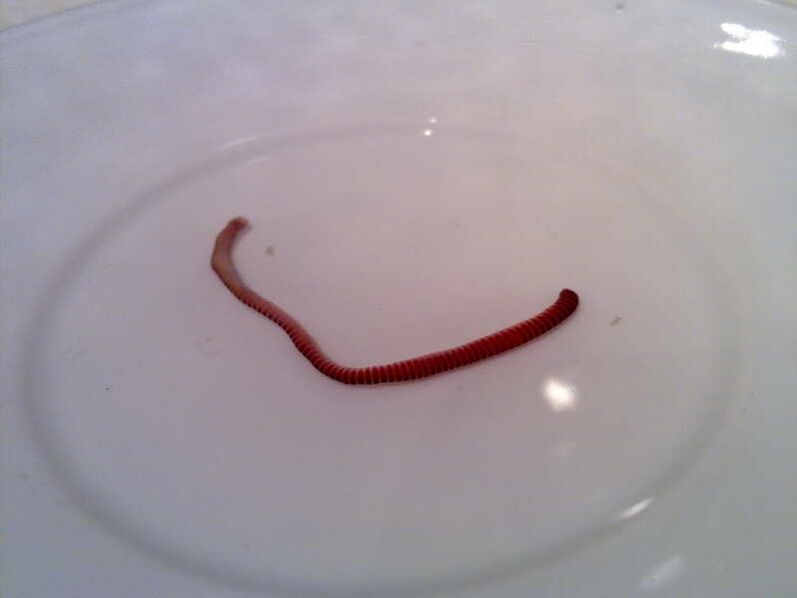
Types of worms - what parasites live in the human body
Parasites are divided into several categories based on the location of the parasite in the body and the characteristics of the infection.
Worms are classified according to their location in the human body:
- intestinal- These are worms that live in the gastrointestinal tract, mainly in the small intestine. Sometimes they infiltrate other organs. This set includes tape and round worms.
- parenteral- Develops, lives and reproduces in different organs outside the gut. They can be localized to the lungs, eyes, brain, liver. This group includes flatworms.
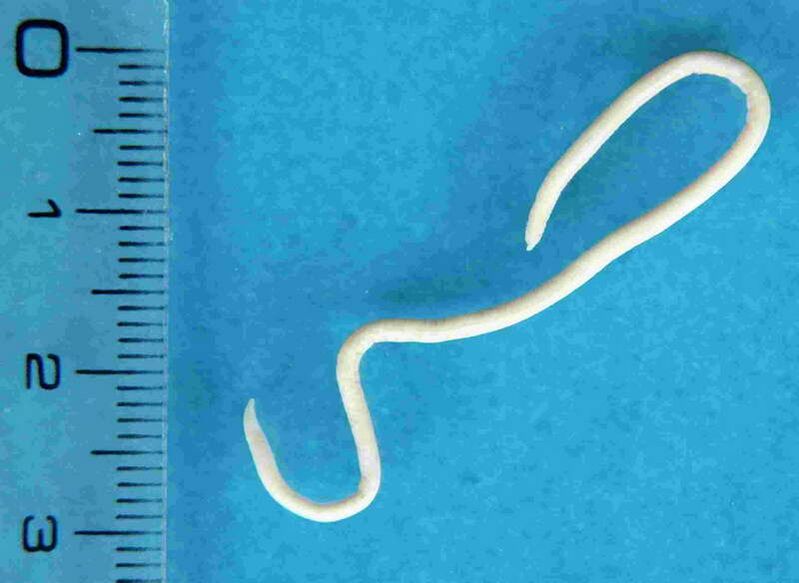
Worms are classified according to how they enter the human body:
- contagious- Transmission from an infected person to a healthy person during contact. Another source of infection is household items: towels, toys. Representatives of this species are dwarf tapeworms, pinworms.
- biological helminthiasis- Transmission through contact with animals due to consumption of infected meat that has not been adequately heat-treated. To be potentially dangerous to humans, these parasites must survive in an animal as an intermediate host for a period of time. This species includes cattle and pork tapeworms.
- soil worm disease- Part of the life cycle takes place in the human body and part in the soil. This is a necessary condition for their development. You can get infections from improperly washed vegetables and fruits. This group includes roundworms, caterpillars.
According to their biological characteristics, worms are divided into three types - rounds, tapeworms and flukes.
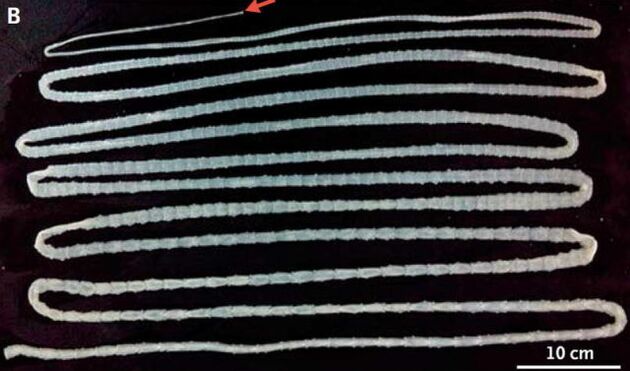
Ascaris (nematodes)
Roundworms are so called because their bodies are round in cross-section. These parasites are most commonly found in children. This type includes:
- pinwormThey live in the large and small intestines. Their body length does not exceed 1 cm. In most cases, pinworm infestations affect children. These parasites can live for 1-2 months. If you strictly observe personal hygiene, you can recover even without medication. If not observed, reinfection is possible.
- roundworms- A 45 cm long worm that lives in the small intestine. They can move freely in the intestines. Their life expectancy is 14 months. During this time, they release toxins into the bloodstream, systematically poisoning the body.
- Vlassolaf- Parasites, 3-4 cm long, parasitic in the large cecum, burrowing into the mucosa to suck blood. Very toxic. Live to 5 years.
- Trichinella- The trough is 3-4 mm of parasites, which can be infected by meat that is not adequately heat-treated. Worms live in different organs and settle in the muscles of the eyes, heart and lungs. Life expectancy - up to 2 years.
- hookworms and hookworms- have the same biological characteristics, developmental cycle and parasitism method, so they are merged into "hookworms". These 10-15 mm long worms are located in the duodenum 12. Penetrates through the skin after contact with contaminated soil. They feed on blood by biting blood vessels, causing iron deficiency anemia. This parasite is difficult to identify.
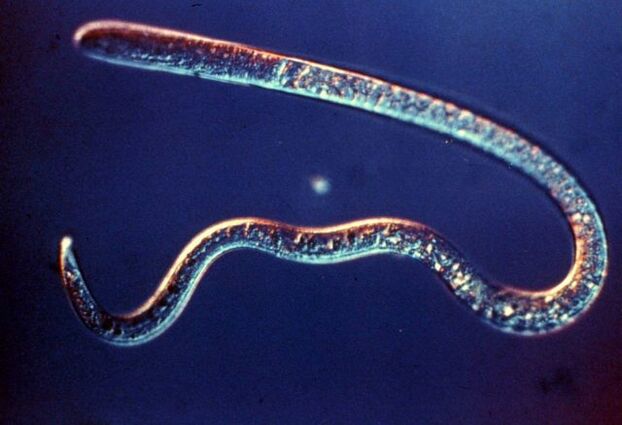
tapeworm (tapeworm)
Tapeworms have a flat body that is divided into segments. As the worm grows, these parts separate from the body and are excreted with the feces. These banded individuals can reach lengths of up to 20 m. They live in the gut and attach to the gut wall with the help of suckers.
To infect humans, tapeworms must go through one of the developmental stages in animals.
These parasites live in the body for many years. Members of this group:
- wide ribbon- Length up to 20 m. It is parasitic in the small intestine, causing severe dysfunction of the digestive tract. Eating unheated freshwater fish and crayfish meat can become infected.
- bull tapeworm- A 6-12 m long worm that lives in the small intestine and attaches to its mucosa by means of suckers. The source of infection is beef that has not been properly heat-treated.
- pork tapeworm- Parasites up to 2 m long, enter the human body through raw or poorly processed pork. Attaches to the wall of the small intestine.
- Echinococcus- Parasites that can infect cats and dogs. Humans are the intermediate host for this worm, so after entering the human body, the larvae infiltrate tissues, enter any organ and form Echinococcus cysts. They are only surgically removed.
- Pneumococcus- A type of echinococcosis. Very dangerous worm that can live in any organ, but mainly in the liver. They actively grow and develop according to the principles of cancer metastasis, gradually infecting the whole body. Worms can be removed surgically.
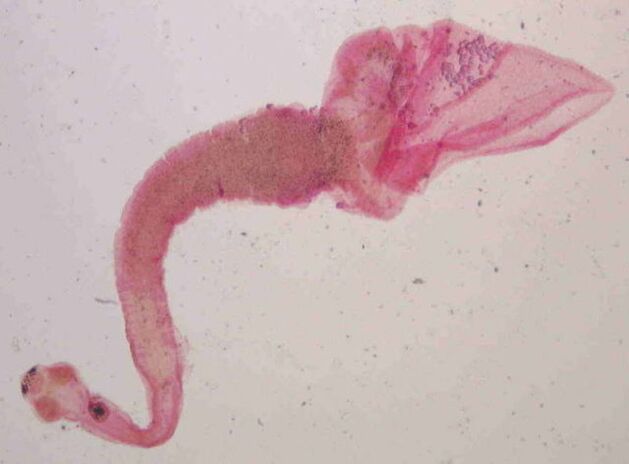
Trematodes (flukes)
Trematodes are worms that live in any organ and tissue. They feed on epithelial cells. Their length reaches 1. 5 m. The body is shaped like a leaf. The route of infection is the consumption of raw fish, seafood, or insufficient heat treatment. This type includes:
- Liver flukes- A worm 7-20 mm long. It lives in the liver and bile ducts. It triggers the development of severe disease and dysfunction.
- fluke- A 4-13 mm long worm, located in the gallbladder.

Symptoms - Signs of Human Worms
The specific manifestations of helminthiasis depend on the type and number of worms affecting the human body. The main symptoms of a worm invasion:
- diarrhea or constipation;
- bloating, gas;
- muscle and joint pain;
- anemia;
- allergic reaction;
- dermatitis;
- Weight problems - weight loss or obesity;
- sleep disorder;
- nervousness, irritability, depression;
- apathy, fatigue;
- cough, inflammation of the respiratory tract;
- decrease in immunity.

How to tell if there are worms
If symptoms that may indicate the presence of worms are present, a diagnosis is worthwhile. The following tests will help identify parasites:
- Fecal research.
- blood test.
- Examination of the duodenum secret 12.
- Perianal and rectal mucus analysis.
- Ultrasound, tomography, endoscopy.
If you go through 3-4 analyses every few days, the diagnosis can be confirmed. One analysis is not enough to confirm that there is no worm infestation.
The human body can affect one or more worms at the same time. All of these, large and small, can cause serious health problems and are the causative agent of complex chronic diseases that cannot be cured for many years. To eliminate the risk of infection, regular diagnosis and preventive treatment are necessary. This is especially true for pet owners.






































